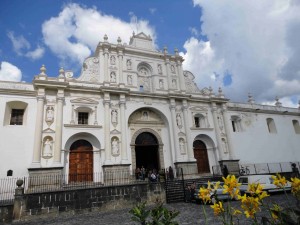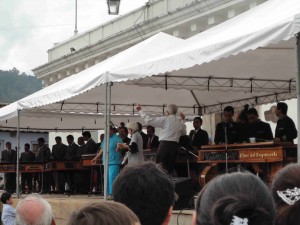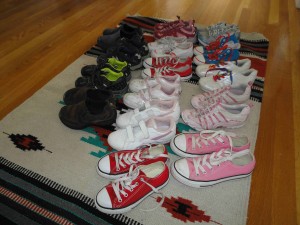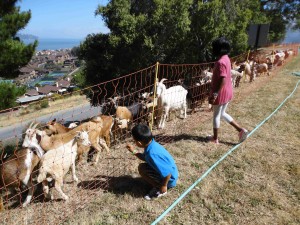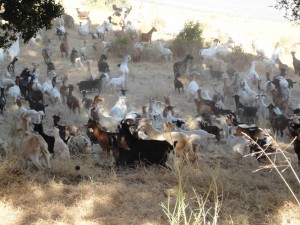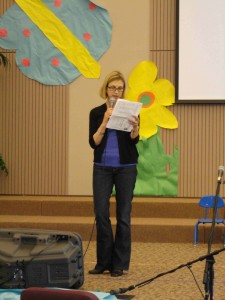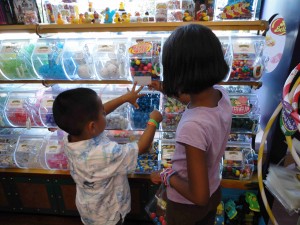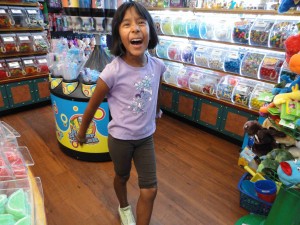When I visit Antigua with Olivia, the first place we go is the house where we lived in 2003, which we rented through Elizabeth Bell, whom I view as the unofficial “mayor” of the colonial town. In fact, I picked up a recent edition of the Revue, the monthly English-language magazine with articles on local people and events, and I see there’s a new column: “Ask Elizabeth.” Makes complete sense to me: in my experience, there is no question about Antigua or its history that cannot be answered by Elizabeth Bell. She’s even written a book about it, titled, appropriately enough, Antigua Guatemala: The City and Its Heritage. I referred to Elizabeth’s book often when writing my memoir, Mamalita.
The photo above is of our front door, which I love for its carved pattern and weathered wood. When we first moved in, the door featured a brass door-knocker shaped like a crouching lion. Unfortunately, the lion disappeared one day, never to be replaced. Oh well. Even without the extra decoration, the door is still beautiful. (more…)
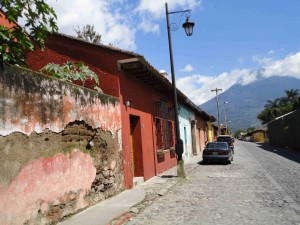
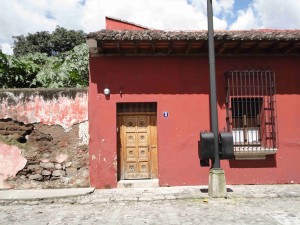



 ShareThis
ShareThis